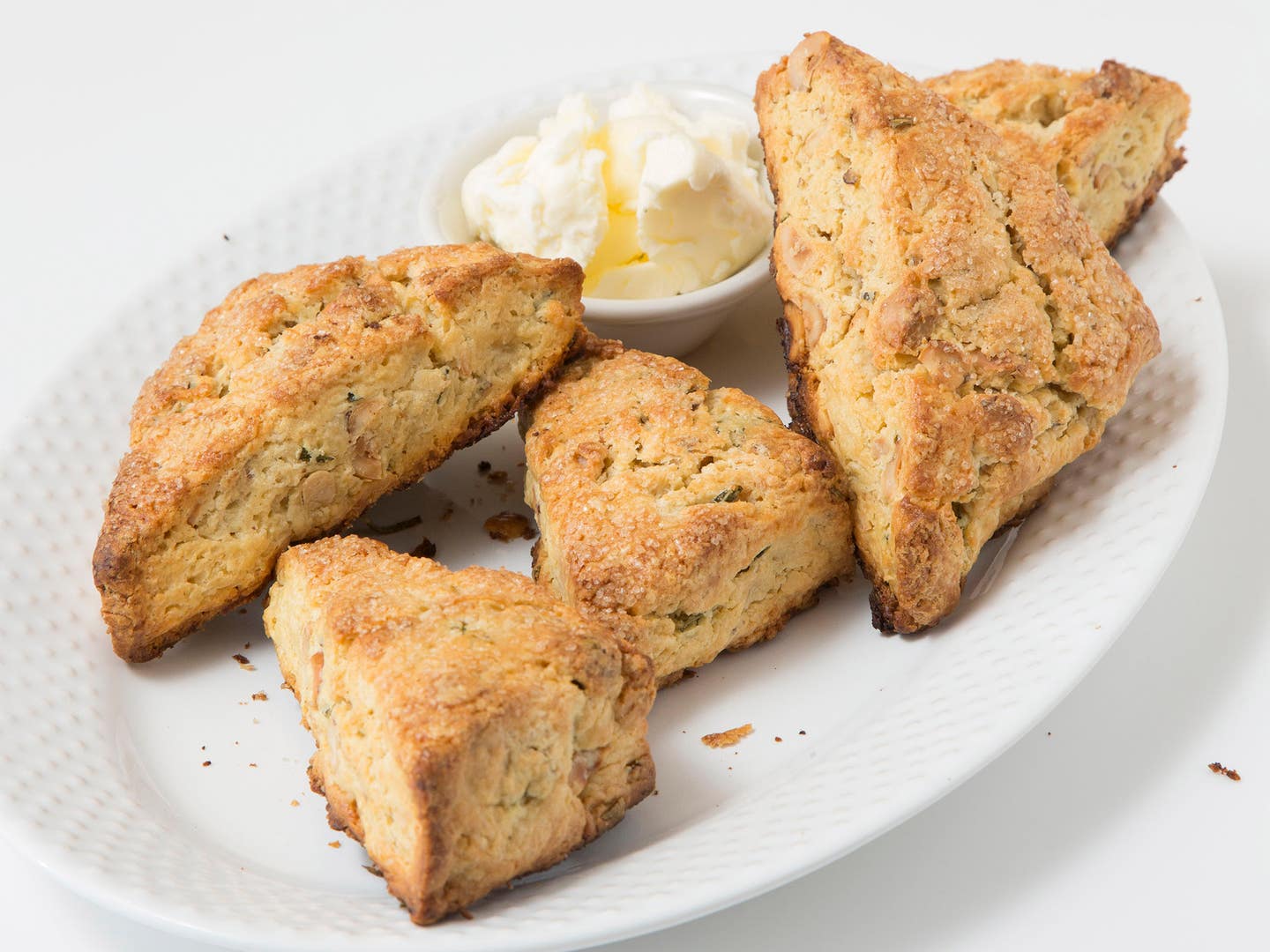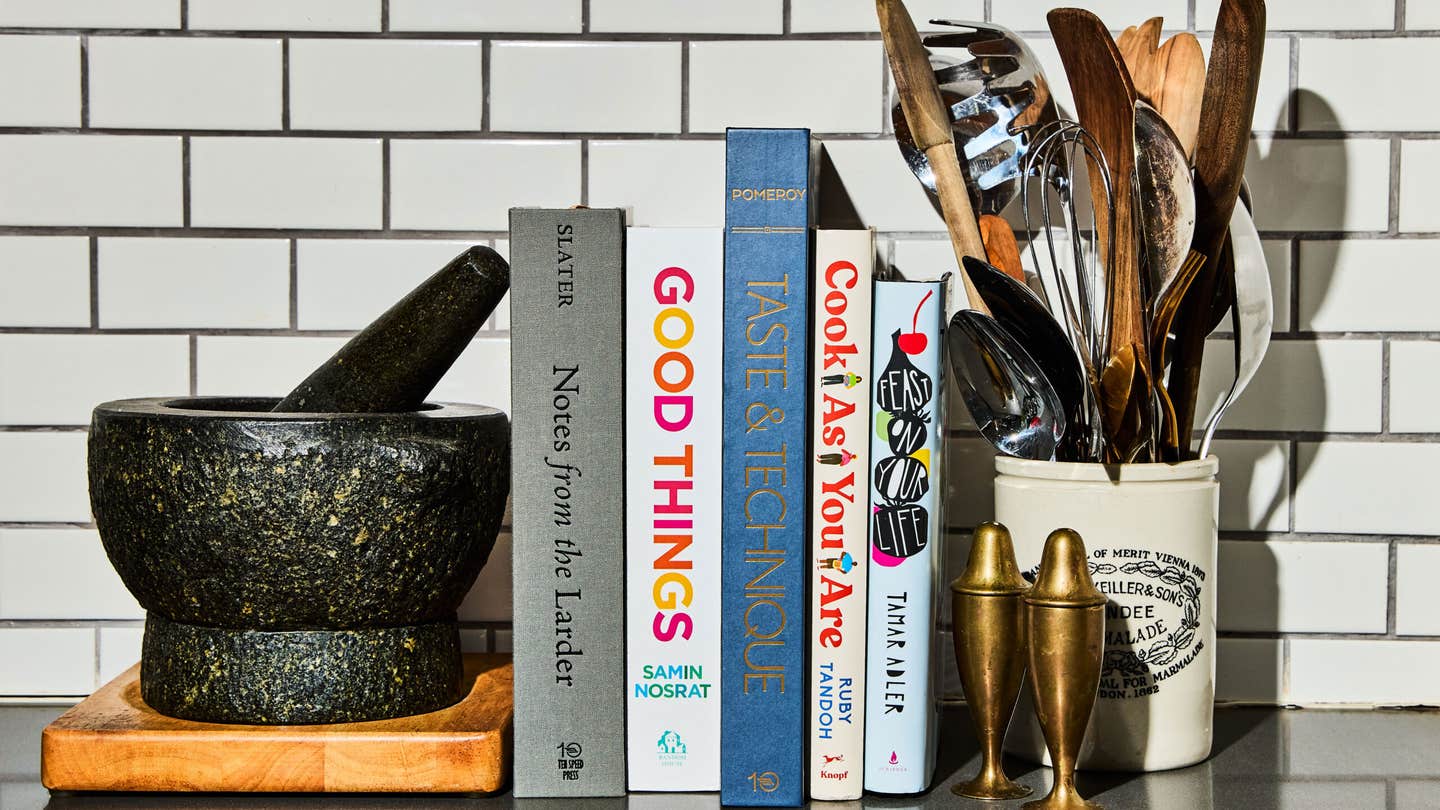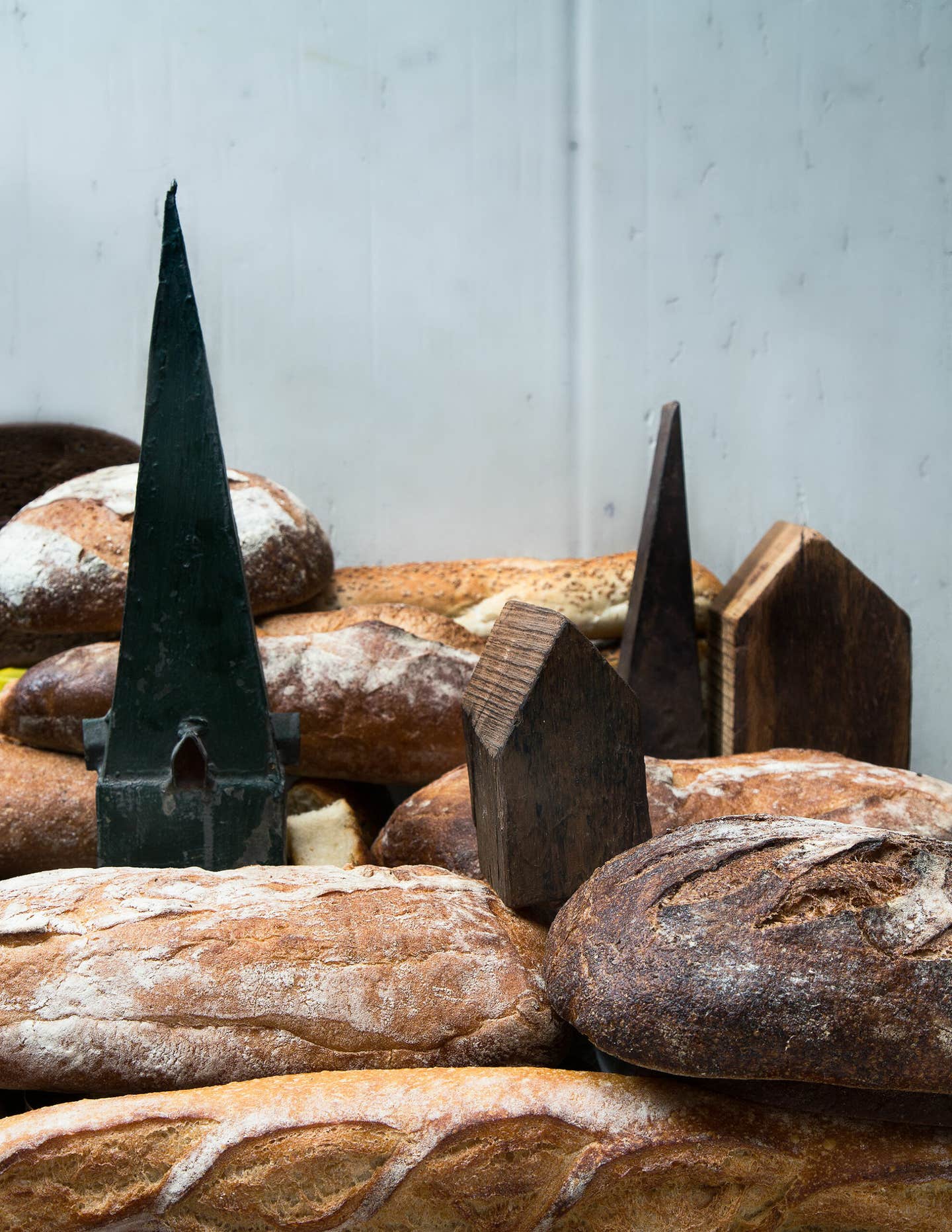
The Future of Bread is All About the Past
Industrialization made flour a cheap and stable commodity. What was lost? Flavor, variability, and nutrition. Sarah Digregorio reports on a zealous band of bakers, farmers, millers, and scientists looking to ancient grains to imagine the future of flour
Eli Rogosa was hiking in the Galilee region of Israel when she first saw it: wild wheat growing tall and healthy by the side of the road. "It jumped out at me," she remembers. "Wild wheat—beautiful, majestic, with this shiny head." So she started asking around, looking for flour made with local wheat. There was none. All the flour was imported from the United States. Rogosa was horrified. And also galvanized: She went on to found the Heritage Grain Conservancy, where she works to save forgotten grains. The wild grasses she admired were descendants of the very first ones, the ones that changed the course of human history by giving us our very first bread. And no one was eating them.
Bread goes way back, very likely to the beginning of human history, before agriculture, before writing. Our Paleolithic ancestors were surrounded by the ingredients for bread: water, grain, wild yeast. It was only a matter of putting it all together. No one knows exactly when the world's first flatbread was made, but archeologists discovered a 23,000-year-old hunter-gatherer camp on the Sea of Galilee that contains grinding stones and scattered grains of wild wheat and barley. Nearby, a cluster of burned stones suggests a hearth. The site is prehistoric, so we have no way of knowing for sure what the grains were used for. It could have been porridge or flatbread or some other concoction that we can't imagine.
So it's a guess, but a credible one: A Paleolithic nomad grabs a handful of wild einkorn wheat kernels from the tall grasses surrounding her camp. She grinds the grains between two stones, because she knows from experience that chewing the grains is too difficult and doesn't fill her up. As she grinds, she picks through the meal to discard the inedible hulls, maybe even tossing the mixture a few inches in the air to make it easier to separate the featherlight chaff from the heavier grain. She mixes the coarse grind with water to make a porridge and leaves it on a rock by the fire, a little too close, a little too long. Whoops! The first bread. It's probably gritty and dense, dark and hard, without lightness or stretch. But it's easy to carry, unlike porridge; keeps her full; and, relatively speaking, tastes pretty good—sweetish and fragrant.
Fast-forward 200 centuries to the Brooklyn Bread Lab in Bushwick, a shop and baking experimentation center where chef Adam Leonti picks up a craggy, rich brown loaf the color of an Irish setter. "This bread is einkorn, Maine Grains, 2015 sourdough," he says. "There are so many ways to say it, but that's the most accurate." That bread, made from einkorn wheat that Leonti milled the day before, probably has a lot in common with the first bread but almost nothing in common with most of the bread eaten in America today. In the millennia that humans have been grinding wheat, we took a few wrong turns and ended up at Wonder Bread. What flour was originally—fresh, variable, something that you would have found in the prehistoric produce section—hardly resembles what it's become: standardized, shelf-stable, and flavorless. Now, people like Leonti and other bakers, farmers, millers, and scientists are trying to rejigger the future of flour by looking to its past.
All the wheat we have today is descended from einkorn, which has been growing wild in the Middle East for millions of years, way before humans came along. Wild emmer wheat is einkorn's firstborn, the product of a natural hybridization between einkorn and another wild grass. These are the two wild wheats that Paleolithic hunter-gatherers in the Fertile Crescent would have encountered. And about 10,000 years later, the same two varieties (along with barley) were the ones that Neolithic humans started cultivating—the wheat and the humans each domesticating the other.
Einkorn is both familiar and not. Unlike more common wheat varieties, it has an inedible hull surrounding the kernel that has to be removed. (That's where the saying “separating the wheat from the chaff” comes from.) It is finicky to grow and relatively low yielding, which is why it was almost abandoned, except in small pockets of Turkey and Europe. When ground, it has a yellow, carroty cast from lots of beta-carotene, and its gluten is different from that in today's wheat, so it's difficult to make an einkorn bread with plenty of puff and stretch. Instead, it tends toward dense. In Leonti's hands, the freshly milled einkorn becomes an aggressively aromatic loaf, caramelly and intensely wheatish, like a 1970s health food on steroids—but much more delicious than that sounds.
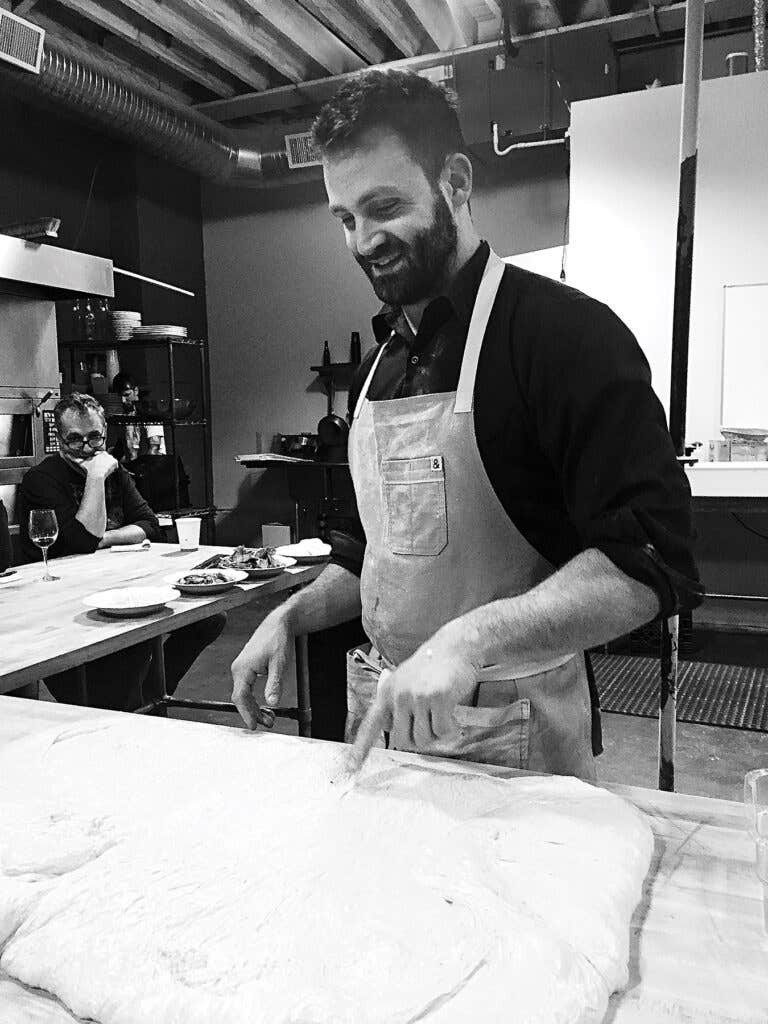
Once wheat was domesticated, flour pretty much stayed the same for a long time. A kernel of wheat is made of three parts: the bran, the germ, and the endosperm. The first two contain the oil, flavor, and nutrients. The endosperm is mostly starch. Stone milling, whether on a large scale in a river mill house or on a small scale in a mortar and pestle, crushes all three parts together to create an aromatic, perishable, variable flour. You can sift it for a whiter flour—a status symbol from the ancient Egyptians onward—but you can't get all the bran and germ out because all three parts are pulverized together.
In 19th-century America, about 20,000 stone mills dotted the country. Flour, wheat, and bread were inextricably tied to regional agriculture. But in the late 1800s, two innovations changed American flour forever: First, the transcontinental railroad made it possible to ship large quantities of food cheaply. Then the roller mill, which shears wheat, rather than crushing it, made it possible to produce immense quantities of flour quickly while sifting out the bran and germ entirely. Suddenly, for the first time, white flour was truly white and very cheap. Wheat production centralized to the Great Plains; most of the small mills died off, and with them, the idea that flour should taste like something.
Big wheat producers want a giant endosperm and as little as possible of everything else. So they breed wheat to have lots of starch that can easily be separated from the bran and the germ to make vast quantities of white flour. It's actually very similar to the mass production of chickens bred to have giant breasts. It's not about taste or nutrition—vitamins are added to the final denuded product, anyway—but about efficiency in making white flour.
In a way, that sack of white all-purpose flour is a marvel, a miracle of modern engineering. It will behave almost the same way every single time you bake with it, untouched by seasons, weather, or human error. Imagine telling an ancient Egyptian miller, who had to straddle a stone to grind flour with a pestle all day, that in the future you'd be able to go to a store and pick up a five-pound bag of pure, alabaster white flour for a tiny fraction of a day's wage.
“It became a material. As steel is to automakers, white flour is to bakers,” says Stephen Jones, a wheat breeder and the director of Washington State University's Bread Lab. “That's great. It's beautiful. But it sucks. They took out the micronutrients. They took out all the flavor. They took out the name and the place. They took out everything.” And he's not just talking about bleached, white all-purpose flour. Big producers' “whole wheat” flour is exactly the same product, with some bran and germ mixed back in.
Nan Kohler, of Grist & Toll, a stone mill in Pasadena, California, is trying to put flour back together. She started the business in 2013 as a baker who wanted more interesting flour to work with. Now she mills all kinds of grains, both old and newer, trying to get it in as many hands as possible. She's an evangelist for fresh, stone-milled flour, reviving the idea of milling as a craft, a profession. She's restoring a rainbow of flavors, something that we don't even know we're missing. Einkorn, for example, that oldest, almost-lost wheat, is one of her favorites. "Einkorn flour feels like velvet," she says. "The aroma is intense, knock-you-over: like sweet roasted corn."
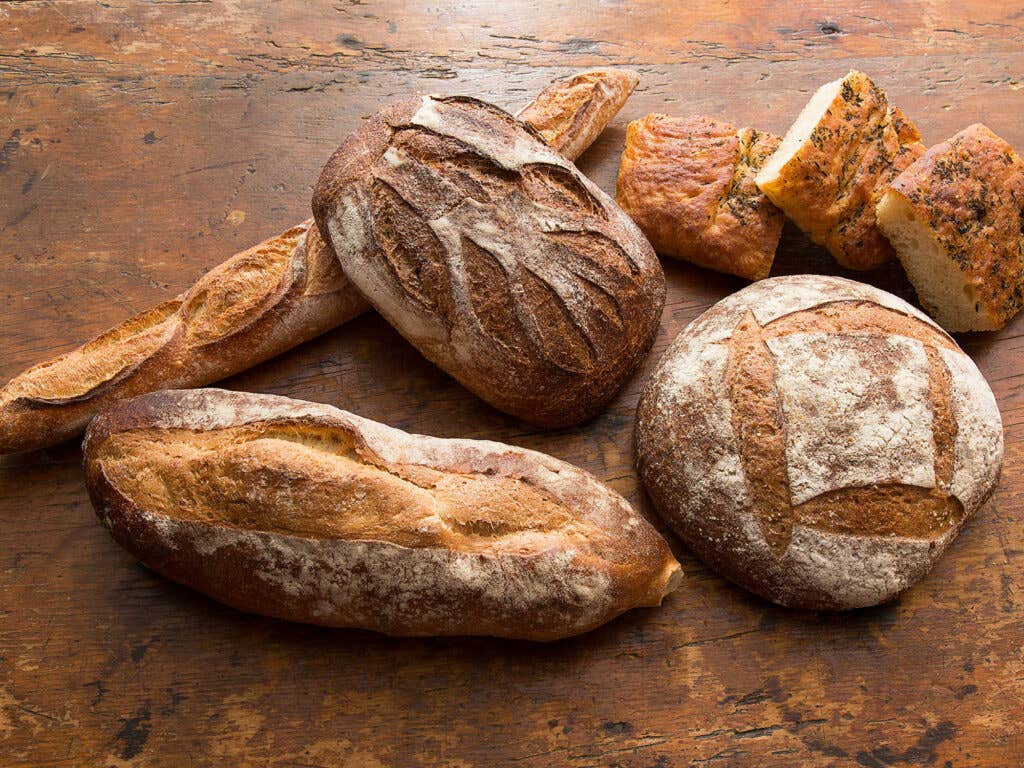
If Kohler's gospel spreads, there will be an alternative to those ubiquitous sacks of all-purpose flour. It would mean thinking about flour the way we've all been trained to think about fish or tomatoes: You don't expect every tomato you buy to weigh exactly six ounces, taste identical, and last forever at room temperature. You wouldn't substitute clams for bluefish and expect a recipe to work perfectly. We'd get a lot in return for accepting flour's true complexity.
Starting with ancient grains is a good way to escape the commodity wheat market. The sheer number and diversity of heritage and ancient grains is enough to recommend them to anyone who cares about flavor. But rethinking the future of flour can't just be about fetishizing the past. Many of these grains were abandoned because they weren't practical. “Einkorn is a wreck in the field. It falls over. It's not a pretty crop,” says Jones, who grows 300 varieties of einkorn, one of the thousands of different types of wheats he experiments with. “We get a lot of grief for saying this, but we need to mature beyond the heritage and heirloom crops, because we left those for a reason.”
That is a controversial thing to say—there are people who feel that the old grains shouldn't be messed with, since that's how we find ourselves in this predicament to begin with. But Jones is in a unique position as a wheat enthusiast and breeder: Without using genetic engineering, he can cross the older wheats to optimize them for modern farming. He is working on creating varied strains that are highly nutritious and flavorful but that also have a meaningful yield and are disease resistant, so they'll be profitable for farmers.
Baker Chad Robertson, a co-owner of the acclaimed San Francisco bakery Tartine, also thinks it's important to go beyond what's ancient to what's going to work on a larger scale. "Anyone can buy a mill and find someone growing an heirloom, possibly ancient, definitely expensive, wheat, and then make bread and charge people a lot of money," he says. Still, he thinks good flour is the bedrock of baking—and says having freshly milled flour for the first time is like having freshly ground pepper for the first time. Astonishing, vital. But the big question is how to make it accessible. He recently opened a large space in the Heath Building in San Francisco, where he is working with six West Coast farmers to buy larger batches of good grain, half of which is milled for him and half of which he mills himself, daily, on-site. "It's a new system," he says. "It's about educating people that flour is not a commodity bag of stuff where you use the same one for everything."
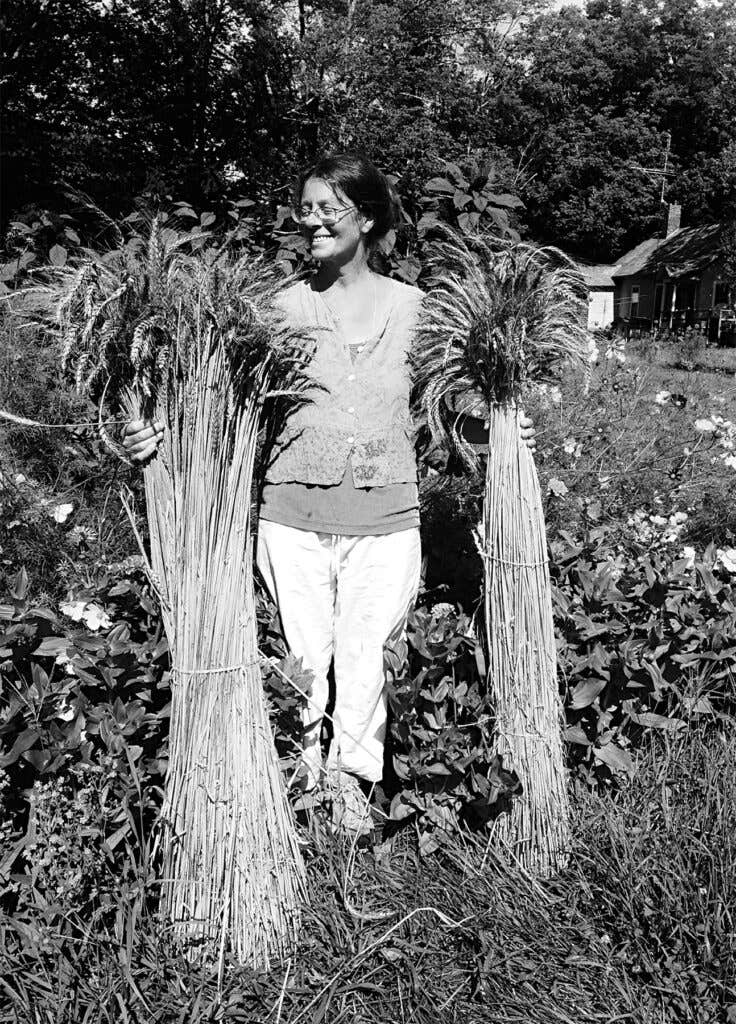
Which is why Eli Rogosa finds herself foraging for ancient wheat in the first place. She gathers its seeds, plants them on her small farm in Massachusetts, and passes the best ones to other farmers. (For the record, she disagrees that the older wheats are harder to grow.) She wants people to understand that flour can have terroir, the same way wine can. And she imagines grocery stores treating grain like coffee: a bank of whole grains, each distinct, which consumers can pick from and have freshly ground into flour. And she thinks it really could happen. “When I started 15 years ago, I was laboring in isolation,” she said. “Now it's caught on like wildfire.”
Leonti preaches the same gospel back at the Brooklyn Bread Lab, where he experiments with various fresh flours to create rustic sourdough breads, cookies, and pastries in anticipation of the fall opening of his new project, Harvey, a vegetable- and grain-focused restaurant in the Williamsburg Hotel. Once it opens, Leonti will haul his mill over there and close the Bread Lab, and the restaurant will hum with the same energy: the grains, the mill, the ovens, the bakers.
It reminds me of a conversation I had with Tate Paulette, an archeologist who specializes in Mesopotamia. He told me about an Early Bronze Age site in Syria that archeologists think was a bakery: in one room, a set of grinding querns and basins for dough, and in the next room, ovens. Not so different from the Brooklyn Bread Lab. From the moment we invented it, flour and bread have been central to our idea of who we are. Paulette said that the people of Mesopotamia drew a direct line from bread to civilization, their culture built on bread.
Bake With Einkorn
Keep Reading
Continue to Next Story
